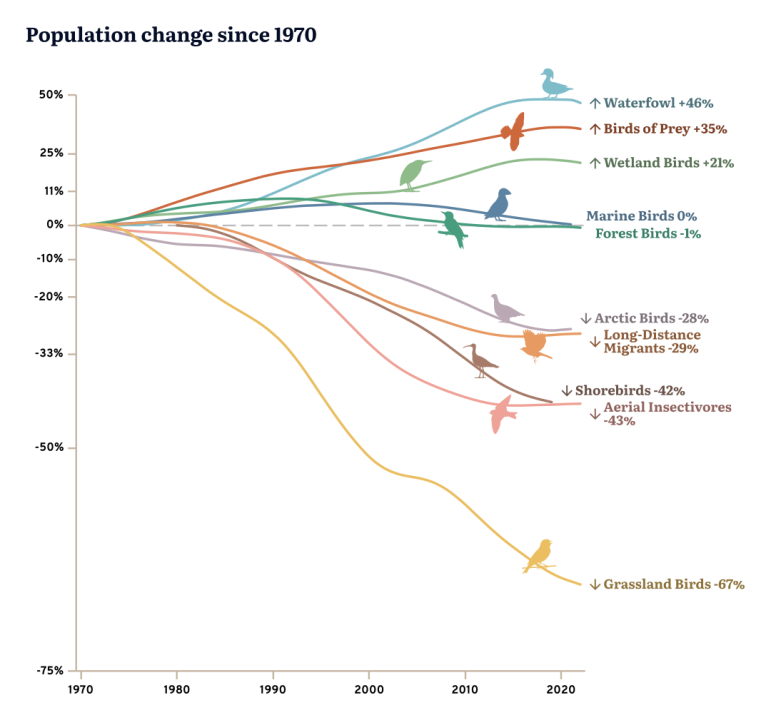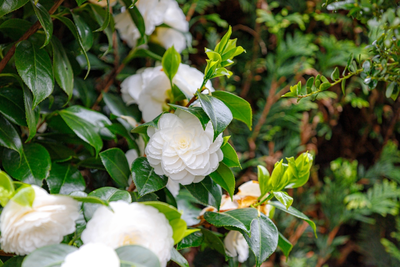State of Bird Populations in Canada
By Myrna Pearman, Mother Nature’s Naturalist and Backyard Birding Expert
People who feed backyard birds tend to be interested in nature, care about the environment, and often take personal action to make this world a better place. Hence, I thought I’d devote this article to a “big picture” synopsis of what is happening to overall bird populations in Canada.
In the spring, Environment and Climate Change Canada teamed up with Birds Canada to produce a very important document entitled The State of Canada’s Birds. This document provides a sobering look at what is happening to bird populations across the country.
While most of the common backyard bird feeder species in British Columbia are residents that remain more or less in the same area throughout the year, others - such as orioles, blackbirds and tanagers and redpolls - are short-distance migrants. The overall population of most of these species is in gradual decline, but fortunately they do not face the same perilous future as some other bird groups.
The State of Canada’s Birds report combines the best available data and expert analysis to examine trends of various groups of birds between 1970 and 2020. To goal of the report is to understand population fluctuations and (ideally) draft conservation strategies as needed.

The trend graph shown here, which shows the percent change over 50 years, is based on data collected by Citizen Scientists as well as biologists. The shape and direction of the line is what matters, as it tells us how a population is doing relative to where they were in 1970.
On the rise: Populations of waterfowl, birds of prey and wetland birds have increased since 1970. Early in the last century, many of these birds were on the brink of extinction, so these trends represent recoveries.
Holding steady: Overall, forest birds and marine birds appear relatively unchanged since 1970, but while the average looks hopeful, a similar number of species have increased as have decreased.
In serious decline: Birds in these five groups are in trouble. Grassland birds have declined so severely that several are at risk of disappearing from Canada. Arctic birds, long-distance migrants, shorebirds and aerial insectivores are also showing marked declines.
The full report, along with species accounts and other information can be found at https://naturecounts.ca/nc/socb-epoc/report/2024/en/
Migrant birds are now moving through to their northing nesting grounds and the birds that breed in this region are now returning to nest. In addition to offering supplemental food to those species that will come to feeders and, where appropriate, putting up artificial nesting sites, there are many things that we as individuals can do to help birds that use and/or pass through our yards and gardens. Some of these actions include: reducing the amount of lawn and replacing it with insect- and bird-attracting shrubs, perennials and annuals; avoiding pesticide use; keeping cats indoors and/or letting them outside in a catio; consuming environmentally friendly food (e.g., locally sourced produce and beef/shade-grown coffee); reducing the use of plastic; and reducing window collisions. More information about these actions can be found at https://www.3billionbirds.org/7-simple-actions. It is also important to join and/or support nature organizations that lobby for sound environmental practices, participate in citizen science initiatives (e.g., eBird, Project FeederWatch), and – most importantly of all – share your love of birds with others, especially children!
Have more questions? Visit your local Buckerfield's and we'll be happy to help!



